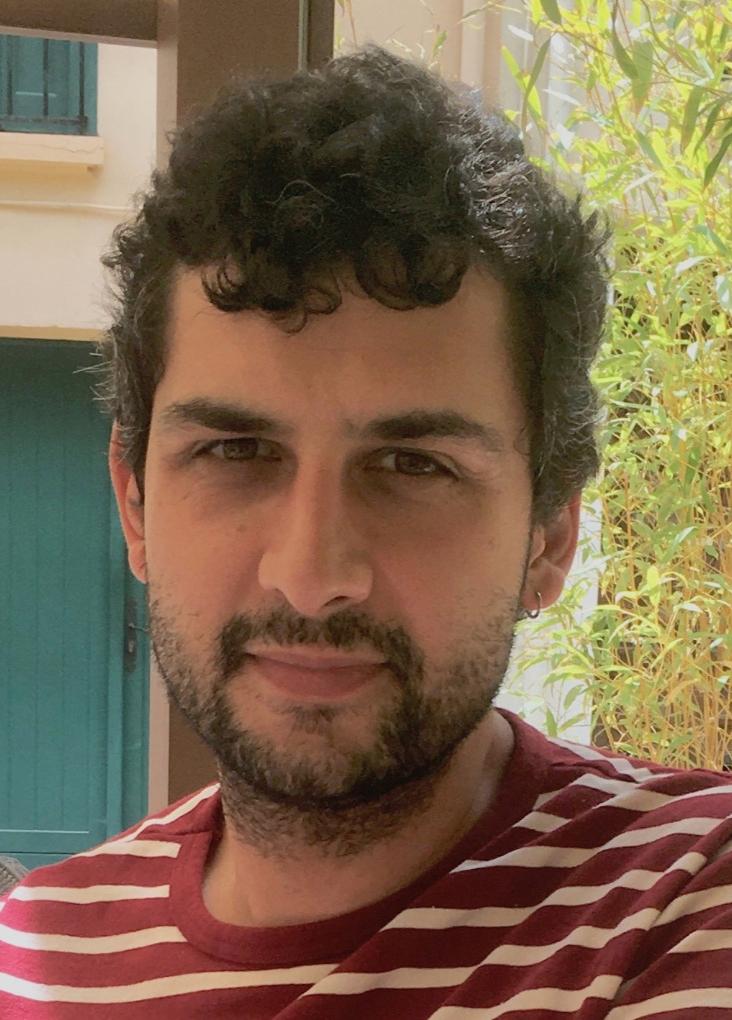Our group seeks to understand the immediate mechanisms governing the immune response(s) of organisms and the evolutionary responses of populations to the selective pressures imposed by pathogens.
We routinely use Experimental Evolution with an outbred population of Drosophila melanogaster and Genome-Wide Association Studies (GWAS) with the Drosophila Genetic Reference Panel (DGRP) (a panel of 200 fully sequenced isogenic fly lines) to extract the mechanisms behind immunity in this model insect.
By varying the route of infection, the life stage at which it occurs, as well as pathogen virulence, we enquire about ultimate mechanisms pertaining to, for example, historical contingency and trade-offs. Simultaneously, we can harness immediate mechanisms by determining the genetic players behind differences in response to pathogen exposure. In this context, we are mostly interested in developing these approaches to disentangle between resistance and disease tolerance and their underlying genetic players.
We also seek to understand the developmental genetics of blood cell differentiation into its three different functional classes. Under the same methodological approach, combining experimental evolution and GWAS using the DGRP, we are pursuing the genetic control of haemotopoiesis and the processes governing the balance between cell types that ensure physiological homeostasis.
Our research programme wishes to contribute to determining the Phenotype-Genotype map that governs innate immunity in Drosophila melanogaster in both homeostasis and infection. This map may point the way to shared mechanisms which play a role in health and disease in vertebrate systems, including humans.

![/uploads/subcanais2/banners-novo-site-ce3c-39[1].png /uploads/subcanais2/banners-novo-site-ce3c-39[1].png](/uploads/subcanais2/banners-novo-site-ce3c-39[1].png)







